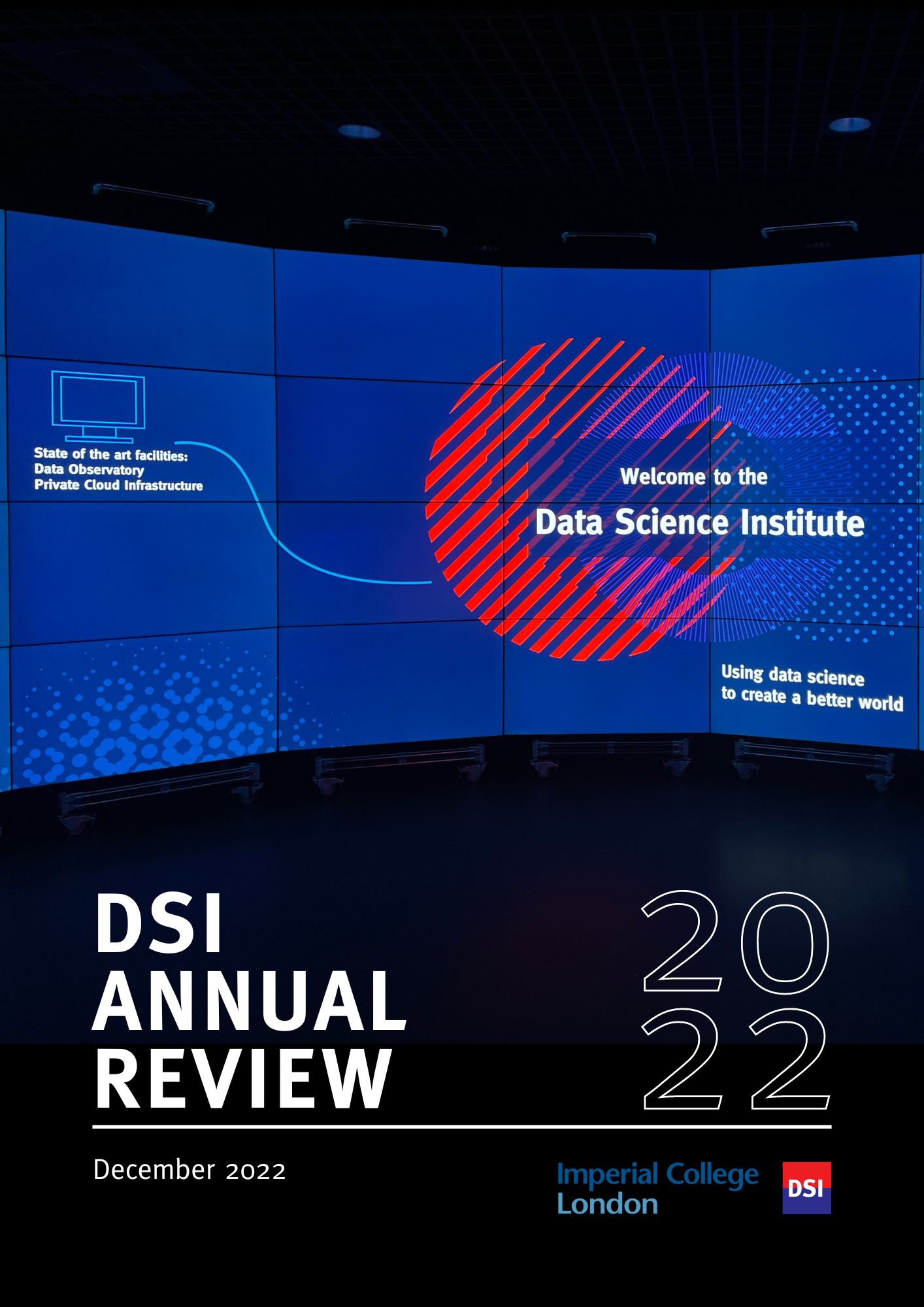BibTex format
@inproceedings{Kermani:2018:10.1183/13993003.congress-2018.PA606,
author = {Kermani, NZ and Pavlidis, S and Saqi, M and Guo, Y and Agapow, P and Kuo, C-H and Loza, M and Baribaud, F and Rowe, A and Sousa, A and De, Meulder B and Lefaudeux, D and Fleming, L and Corfield, J and Knowles, R and Auffray, C and Djukanovic, R and Sterk, PJ and Adcock, I and Chung, F},
doi = {10.1183/13993003.congress-2018.PA606},
pages = {1--3},
publisher = {European Respiratory Society},
title = {Further resolution of non-T2 asthma subtypes from high-throughput sputum transciptomics data in U-BIOPRED},
url = {http://dx.doi.org/10.1183/13993003.congress-2018.PA606},
year = {2018}
}
RIS format (EndNote, RefMan)
TY - CPAPER
AB - Background: Precision medicine of asthma requires understanding of its heterogeneity and molecular pathophysiology.Aim: Three sputum-derived transcriptomic clusters (TACs) were previously identified [Kuo at al. Eur Respir J.2017, 49] in the U-BIOPRED cohort: TAC1 consisting of T2 high patients with eosinophilia, TAC2 with neutrophilia and inflammasome activation and TAC3, a more heterogeneous cluster with mostly paucigranulocytic patients. We further refine TAC3.Methods: Gaussian mixture modelling for model-based clustering was applied to sputum gene expression of 104 asthmatic participants from the adult cohort to substructure TAC3. Gene set variation analysis (GSVA) was used to explore the enrichment of gene signatures across the TACs.Results: We again produce the three TACs (TAC1 N=23, TAC2 N=24) but TAC3 was further split into two groups (TAC3a N=28, TAC3b N=29), distinguished by distinct neutrophils and macrophages density and enrichment of IL13 stimulation, inflammasome activation and OXPHOS gene signatures (Figure), as well as IL-4 and LPS-stimulated macrophage gene signatures. However, there were no distinguishing clinical features.Conclusion: Identification of sub-structure of sputum TACs, particularly of TAC3, will help towards improved targeted therapies.
AU - Kermani,NZ
AU - Pavlidis,S
AU - Saqi,M
AU - Guo,Y
AU - Agapow,P
AU - Kuo,C-H
AU - Loza,M
AU - Baribaud,F
AU - Rowe,A
AU - Sousa,A
AU - De,Meulder B
AU - Lefaudeux,D
AU - Fleming,L
AU - Corfield,J
AU - Knowles,R
AU - Auffray,C
AU - Djukanovic,R
AU - Sterk,PJ
AU - Adcock,I
AU - Chung,F
DO - 10.1183/13993003.congress-2018.PA606
EP - 3
PB - European Respiratory Society
PY - 2018///
SN - 0903-1936
SP - 1
TI - Further resolution of non-T2 asthma subtypes from high-throughput sputum transciptomics data in U-BIOPRED
UR - http://dx.doi.org/10.1183/13993003.congress-2018.PA606
UR - http://gateway.webofknowledge.com/gateway/Gateway.cgi?GWVersion=2&SrcApp=PARTNER_APP&SrcAuth=LinksAMR&KeyUT=WOS:000455567107302&DestLinkType=FullRecord&DestApp=ALL_WOS&UsrCustomerID=1ba7043ffcc86c417c072aa74d649202
UR - https://erj.ersjournals.com/content/52/suppl_62/PA606
UR - http://hdl.handle.net/10044/1/79000
ER -

